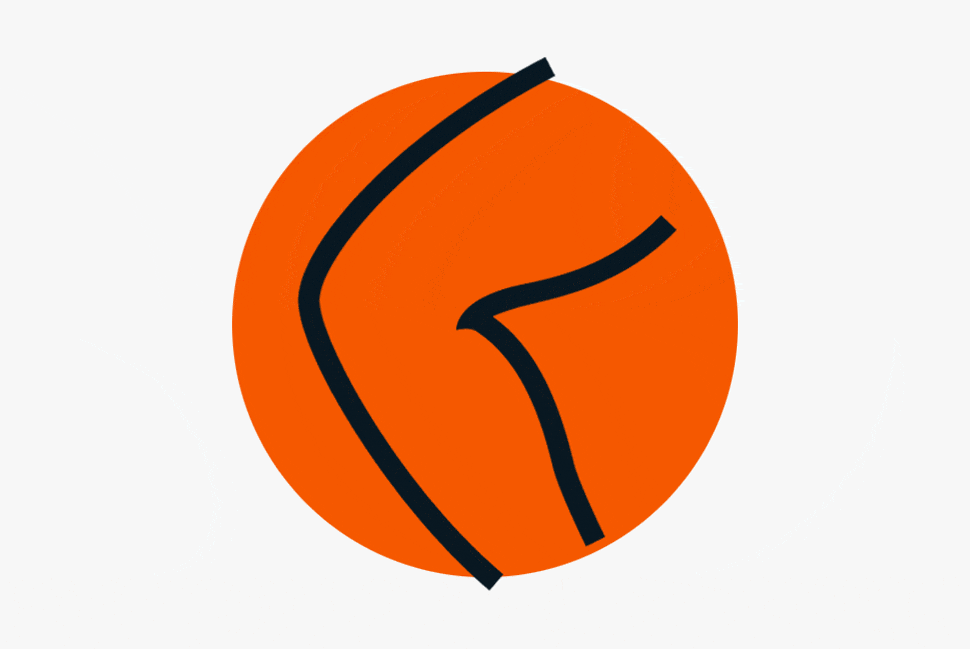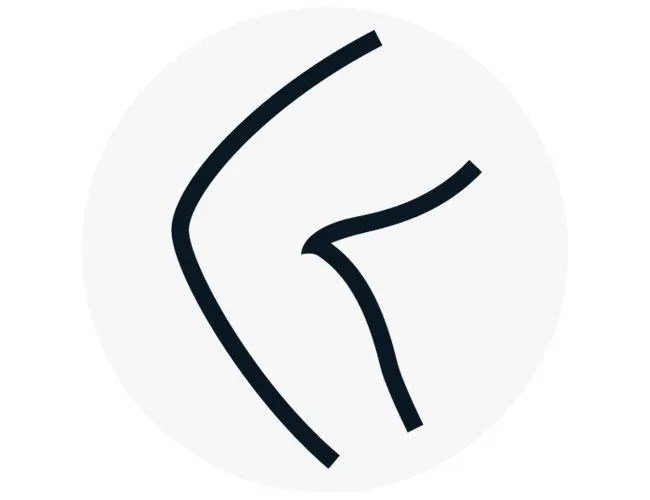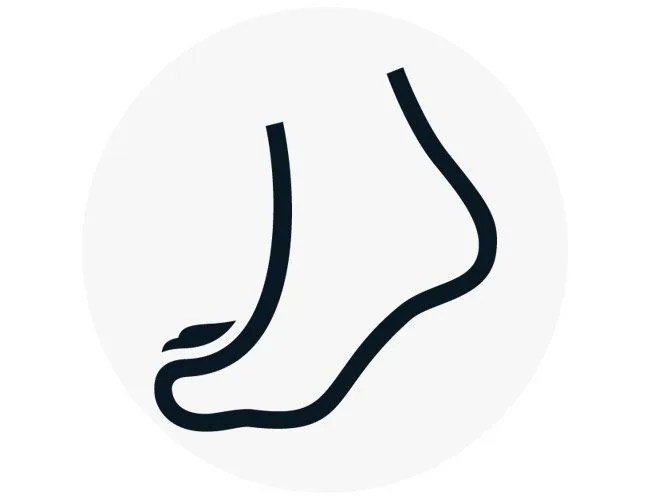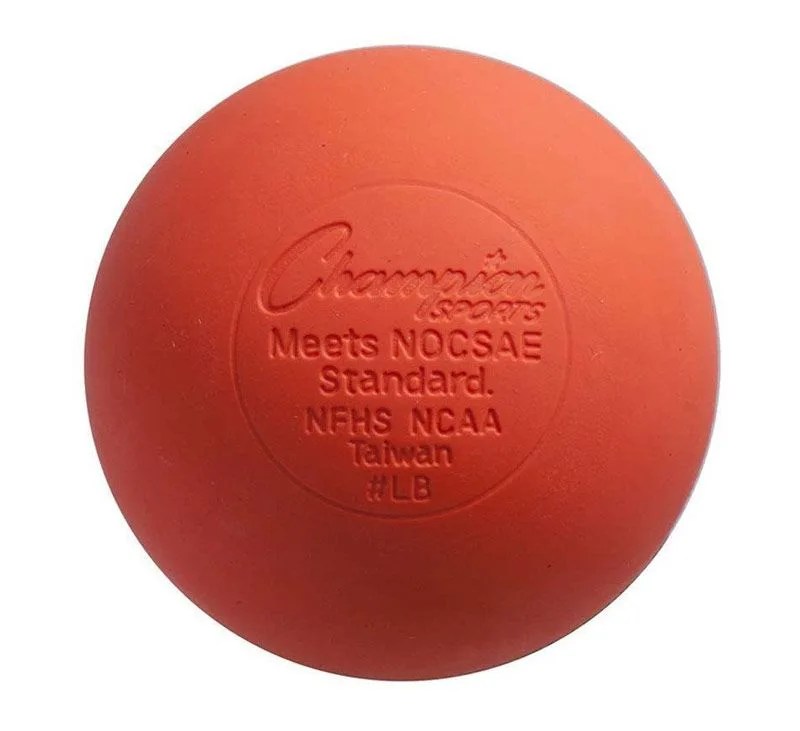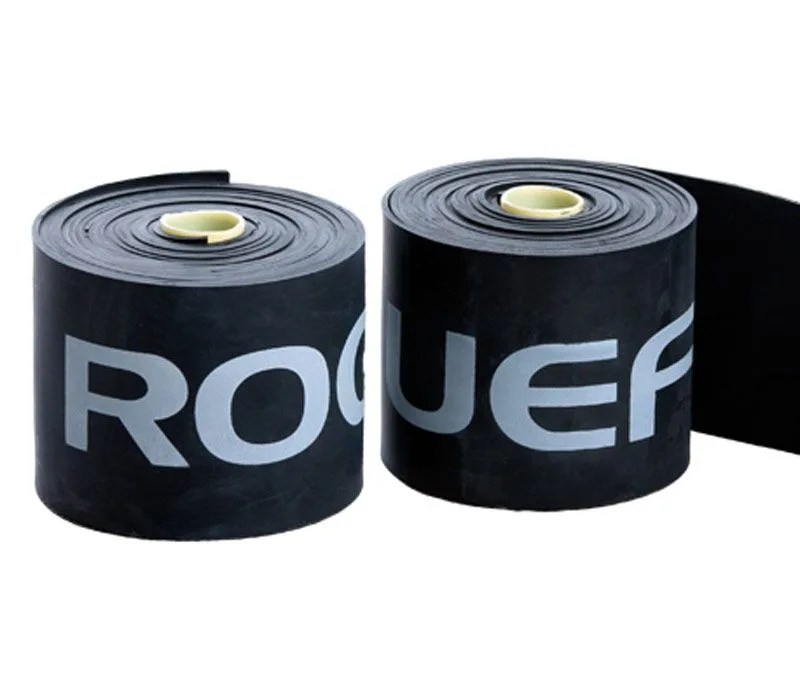Running is a contact sport. Not in the same body-smashes-body sense that pertains to football and hockey, but in the body-smashes-pavement, over and over again, manner of speaking. The impact may be less, but the frequency of it is consistent and repeating; as a result, injuries are common. Running injuries range in scope from common and easy-to-treat — blisters — to complex and detrimental — stress fractures. Some studies have reported that the prevalence of running injuries of any kind among long-distance runners is as high as 92 percent.
Injuries can be treated, but they can also be avoided — a few tools and a little bit of awareness can go a long way in helping to keep you on your feet. “All injuries are specific to the person,” says Alicia Ferriere, a physical therapist who earned her doctorate of physical therapy at Columbia University and now works at Finish Line Physical Therapy in New York. “Person A’s runner’s knee could be completely different from person B’s runner’s knee. Sometimes a root cause of an injury can be the same between two people, but they present with totally different symptoms.”
Below, Ferriere describes three of the most common running injuries that she and her colleagues encounter at their practice: runner’s knee, IT band pain and plantar fasciitis. She also provides some tips on how to prevent and treat these injuries and gear recommendations that can help you do so. Ferriere provides these tips with one caveat — “This advice is very basic. It is important to acknowledge that if you have an issue and it doesn’t resolve with basic modalities and exercises, go get it checked out. It is a lot easier to prevent injury than recover from it.”
Runner’s Knee
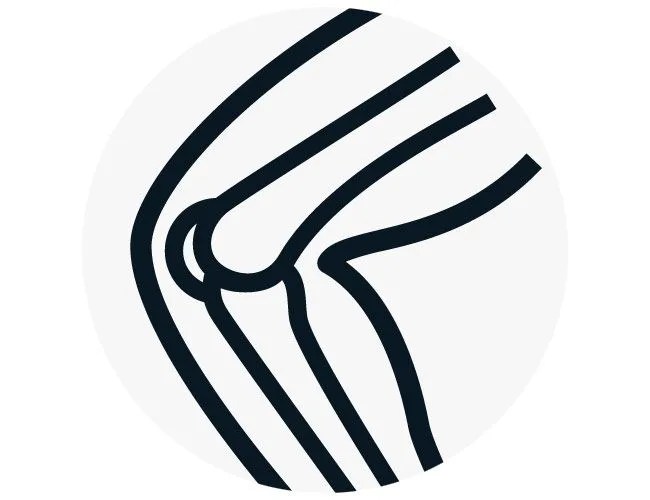
What it is: Runner’s knee is usually classified as complaints of pain in the patellar tendon or front of the knee.
What it’s caused by: Usually it is caused by an imbalance between the flexors and extensors of the knee causing the patella to become compressed. It can also be caused by increased forces caused by overstriding or improper running form.
How to prevent it: Making sure to work your hamstrings is essential here. Hamstrings frequently go overstretched and underworked. This can really mess with the forces going through the knee during running. Foam roll your quads after a long or hard run to improve blood flow and change the input into the tissue. Utilize compression to increase blood flow and reduce any swelling that may have occurred on the run.
